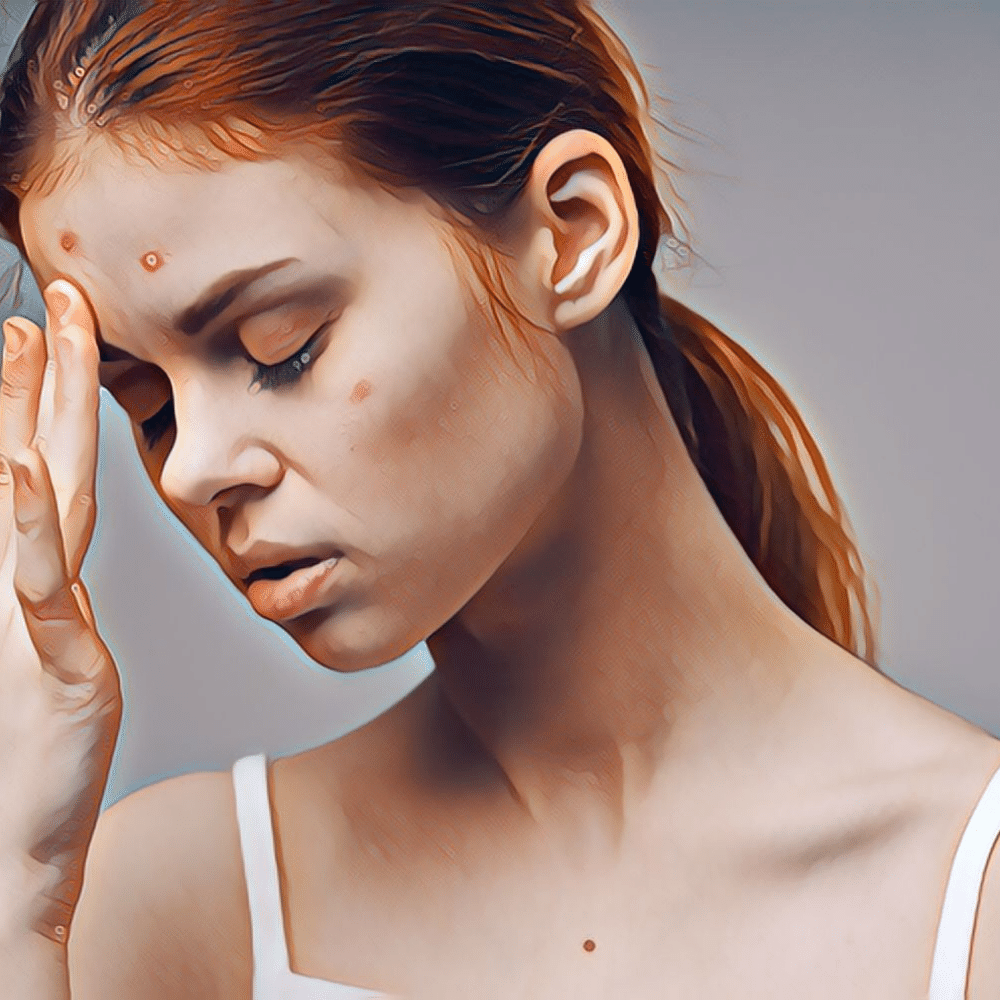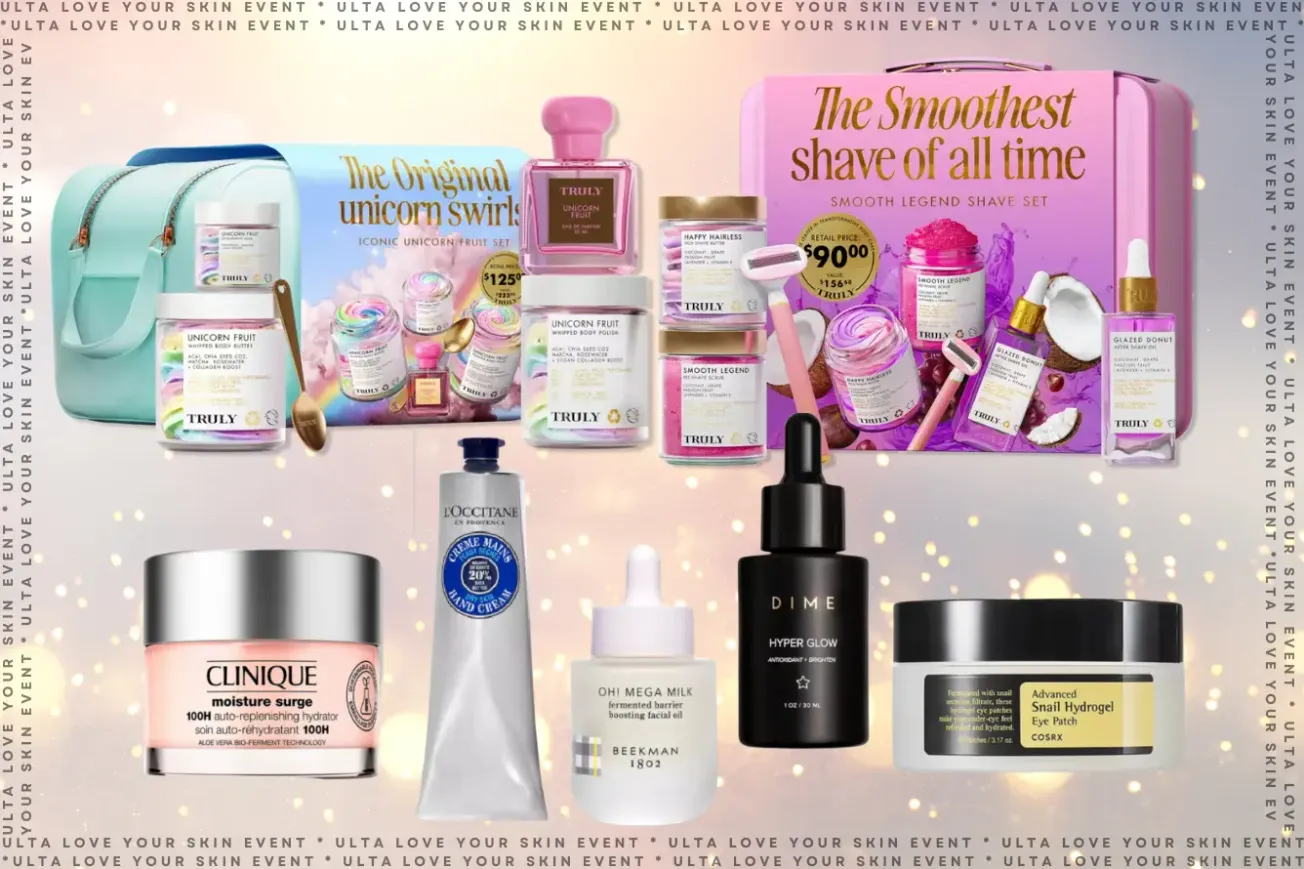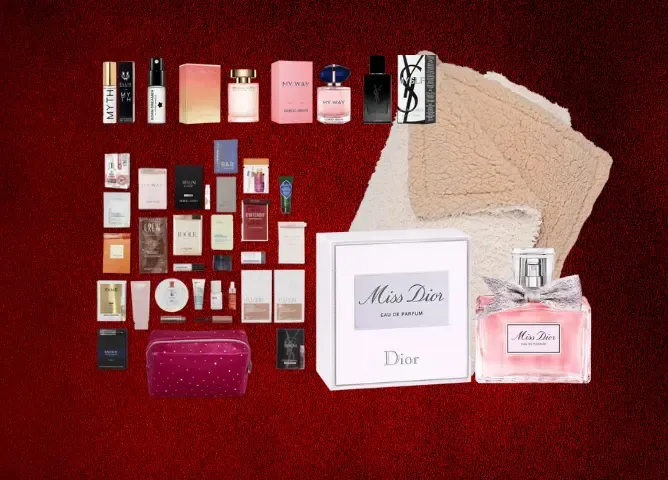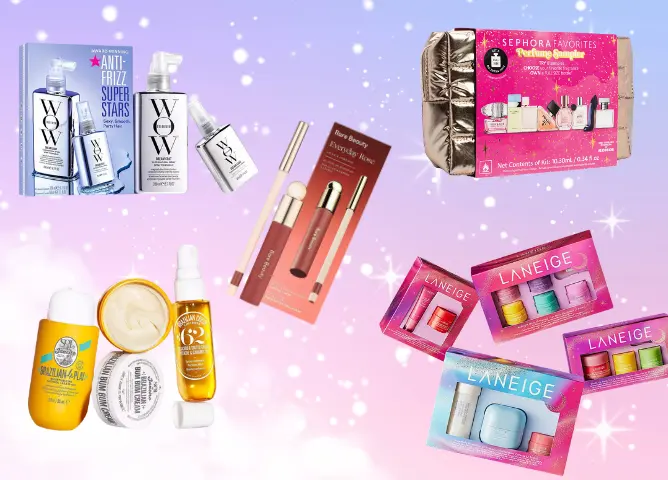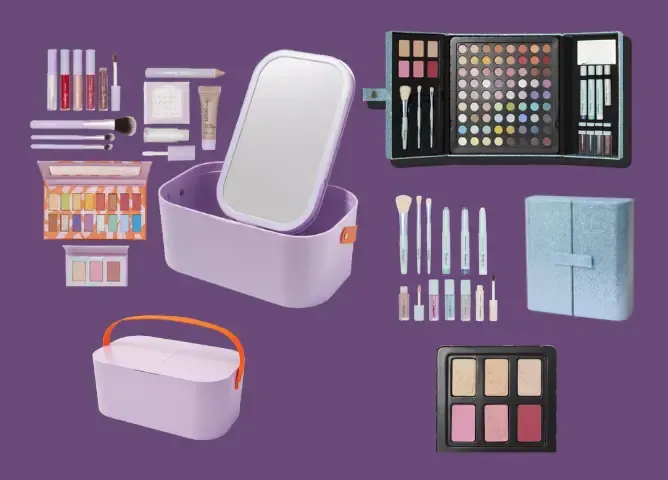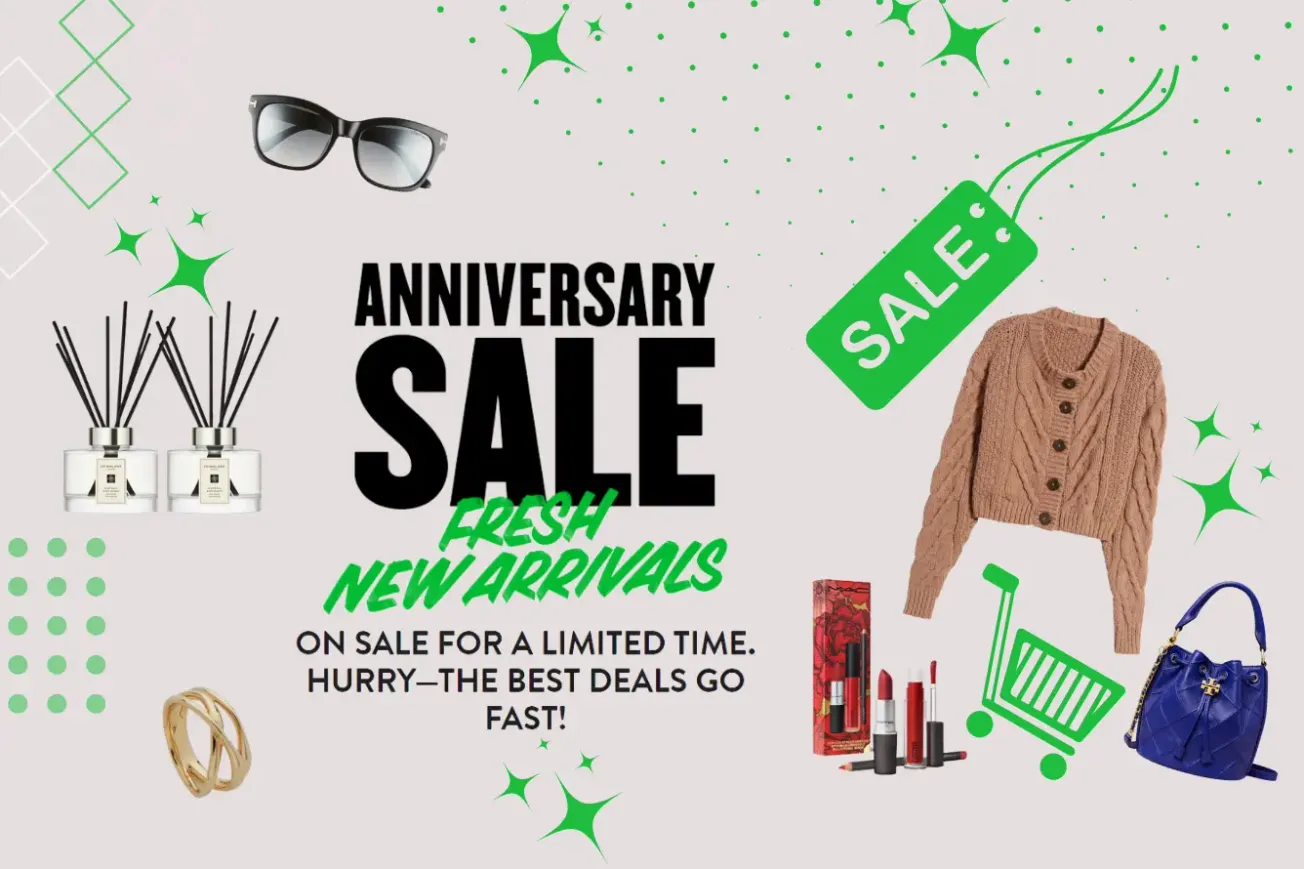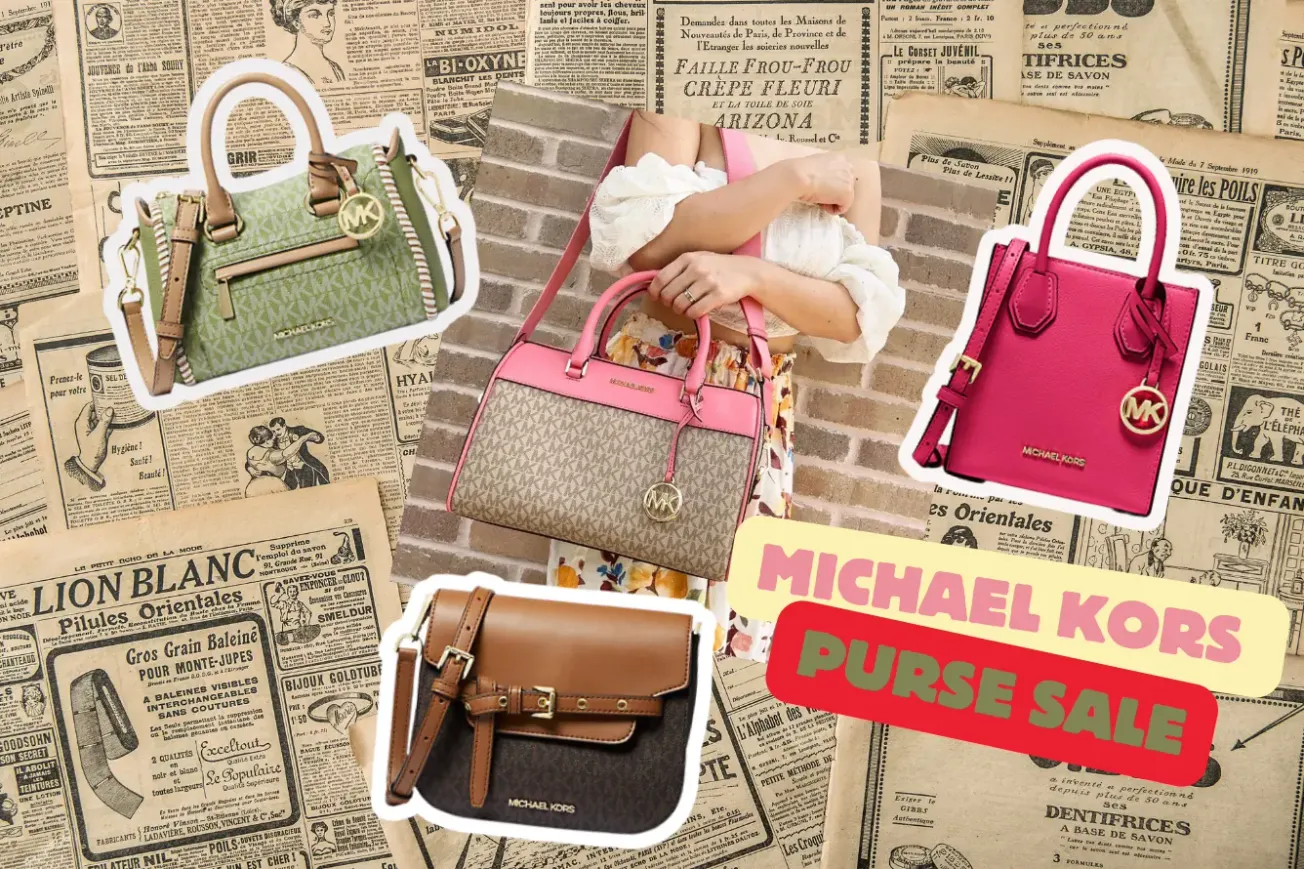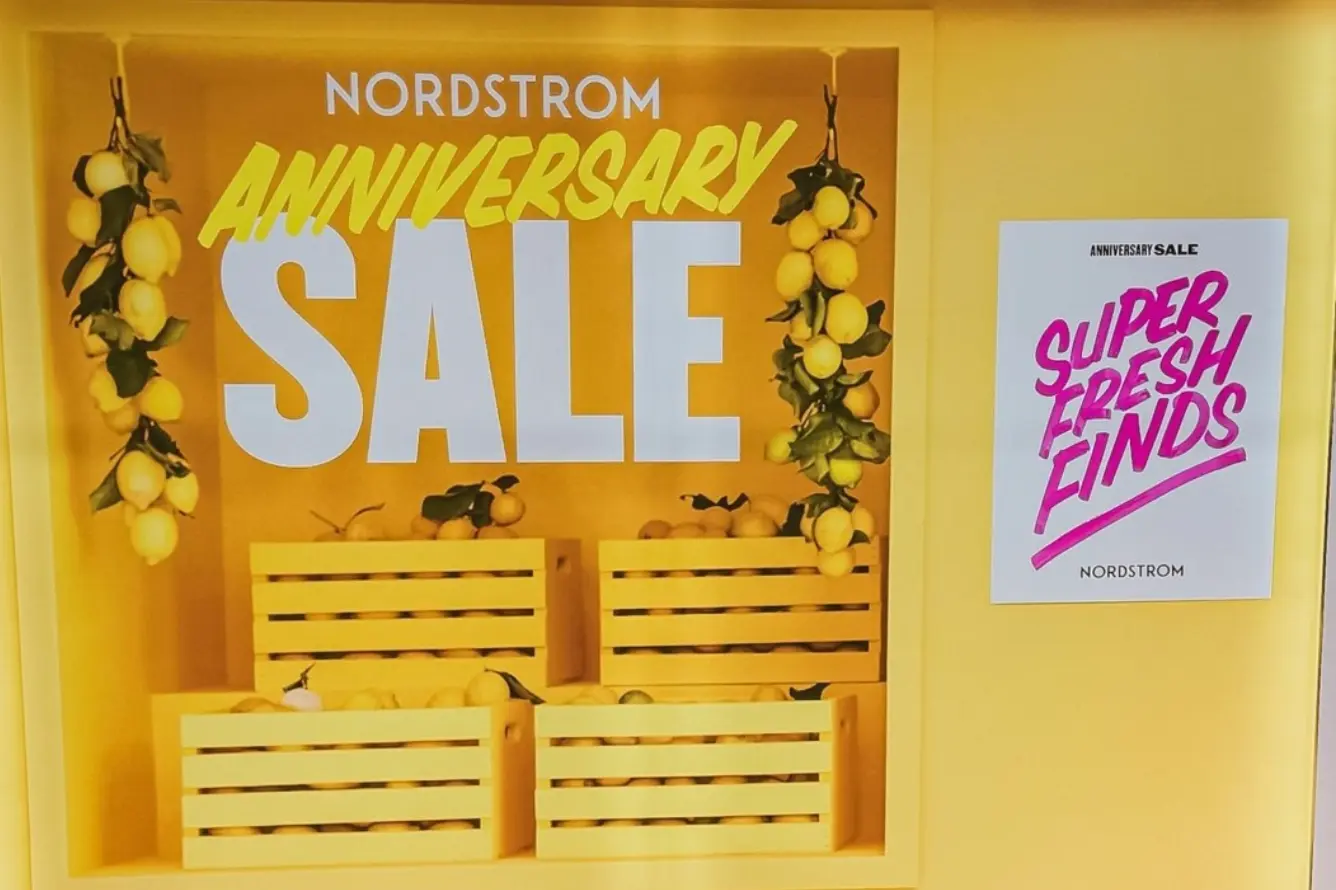In This Article
This post may contain affiliate links, please see our privacy policy for details.
Let's face it: acne vulgaris (aka acne) is the worst. It's painful, it's embarrassing, and it always seems to pop up at the most inopportune times. If you're dealing with acne, you're not alone. According to the American Academy of Dermatology, acne is the most common skin disorder in the United States, affecting up to 50 million Americans.
As anyone who has ever had a pimple knows, acne comes in many forms. One type of acne, known as epidermoid cysts, is characterized by the formation of small, but irritating whiteheads. Another type, known as pilar cysts, is characterized by the formation of large, pus-filled bumps. Steatocystomas are a type of acne that is characterized by the formation of large, oily bumps. And, of course, the blackheads.
While all types of acne can be frustrating, blackheads may be the most despised of all. Not only are they visible to the naked eye, but they're also notoriously difficult to get rid of. But why are blackheads so stubborn? Part of the problem is that blackheads are located deep within the pores, where they can't be reached with a typical cleanser or scrub.
In addition, blackheads are often surrounded by inflamed tissue, which makes them even more difficult to remove. As a result, people with blackheads often find themselves in a never-ending battle against these pesky blemishes. Each type of these painful acne cyst can be treated differently, so it is important to consult a dermatologist if you are experiencing any symptoms.
What is Cystic Acne?
Cystic acne is a type of acne that results in large, inflamed blemishes that are filled with pus. Cystic acne often occurs on the face, back, and chest, and can be extremely painful.
If you're dealing with cystic acne, popped pimples, or acne scars, the best thing you can do is talk to a board-certified dermatologist to figure out which treatment is right for you. They may prescribe oral antibiotics or isotretinoin (aka Accutane), which is a powerful medication that can help to clear up even the most severe cases of acne. However, there is a downside to Accutane: it can cause some pretty serious side effects, so it's not a decision to be made lightly.
Why You Shouldn't Pop Your Pimples?
Pimple popping may seem like an easy way to get rid of them, but it can actually do more harm than good. When you pop a pimple, you are rupturing the skin and causing inflammation. This can lead to scarring, infection, and even further breakouts.
Cystic pimples, in particular, should never be popped. These pimples are deep under the skin and can cause serious damage if they are punctured. So next time you're tempted to pop that pimple, resist the urge and let it heal on its own. Your skin will thank you in the long run.
How to Pop Your Pimples Properly?
While popping acne may seem like the best way to get rid of it, it can actually worsen acne and cause more painful pimples to form. When acne is popped, the bacteria and sebum can spread to other areas of the face, causing new pimples to form. In addition, popping acne can lead to scarring and even cause severe acne.
But if you insist on popping your pimples (which we don't recommend), there is a right way and a wrong way to do it.
First, wash your hands thoroughly with soap and water to avoid introducing bacteria into your pores.
Next, use a sterile needle or a comedone extractor tool to pop the pimple. Apply gentle pressure until the pus starts to come out—don't squeeze too hard or you'll risk rupturing the blemish and causing more inflammation.
Finally, cleanse your skin with a mild cleanser and apply an antibiotic ointment or spot treatment if necessary.
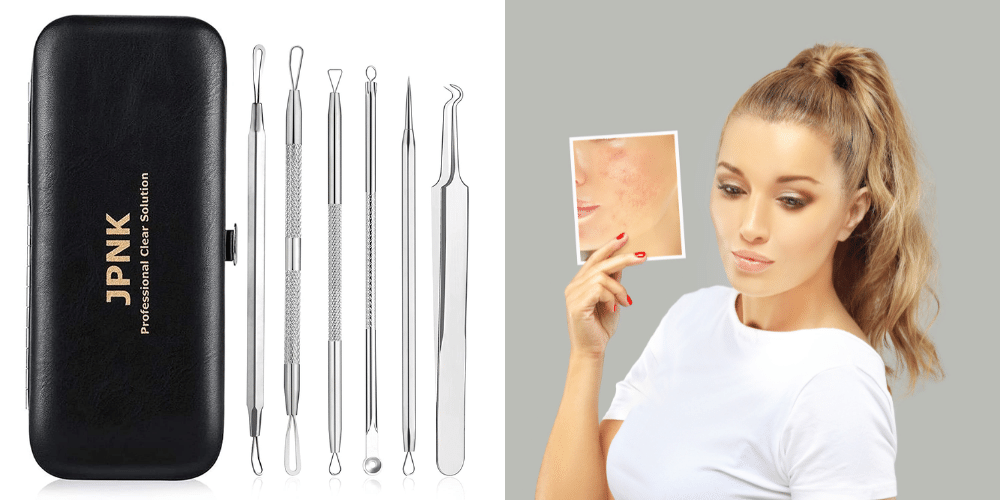
The Best Spot Treatment for Cystic Acne
There are plenty of spot treatments for cystic acne available on the market, but my personal favorite is the La Roche-Posay Effaclar Duo Dual Action Acne Treatment Cream. This cream contains Benzoyl Peroxide, an ingredient that helps kill bacteria and reduce inflammation.
It also has La Roche-Posay Thermal Spring Water, which soothes irritation and reduces redness. I've found that this cream helps shrink my blemishes quickly while also preventing scars.

The COSRX Acne Pimple Master Patch is by far the second-best spot treatment for cystic acne that I've ever used. First of all, it's affordable—a big plus gave how expensive some acne treatments can be. Second, it's easy to use: simply cleanse your face as usual and apply the patch to any blemishes before going to bed.
In the morning, your blemish will be significantly smaller! third, it works quickly. I've tried other spot treatments that take days or even weeks to work, but this one starts working immediately.
And finally, it contains hydrocolloid dressing, which helps absorb sebum and pus from the blemish while also protecting it from further irritation.
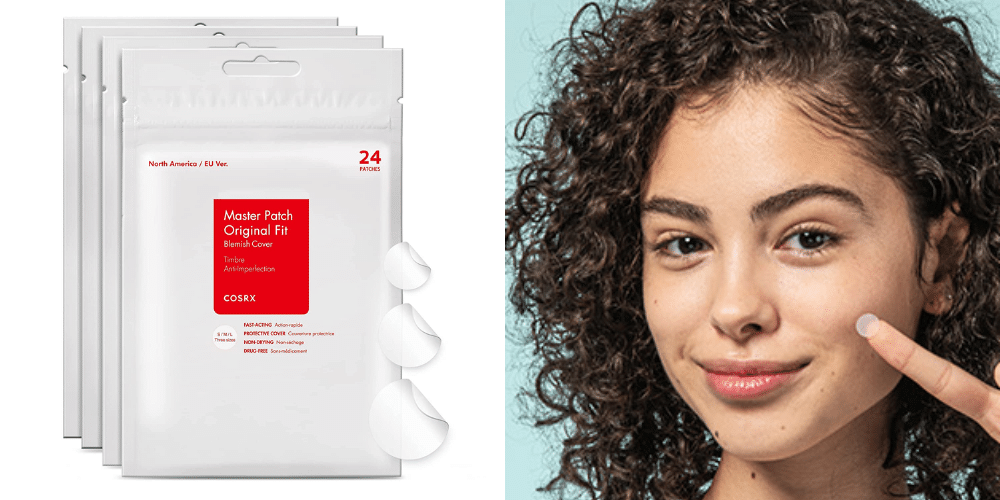
How to Reduce Pain and Swelling?
If you're dealing with a cystic pimple, you know the kind-a big, red, and inflamed blemish that feels more like a zit meets boil. And, just like any run-of-the-mill pimple, you probably want to get rid of it ASAP. The bad news is that cystic acne takes longer to treat than your average spot, but the good news is that there are some things you can do to speed up the process.
Here's How to Shrink a Cystic Pimple in 24 hours, According to Dermatologists.
First things first: Resist the urge to pick or squeeze, as this will only make the situation worse. Then, cleanse the area with a gentle cleanser-something that won't irritate or dry out your skin.
Once you've cleansed, apply a small amount of ice to the blemish for 10 minutes at a time to help reduce inflammation.
After the ice application, topical treatments like benzoyl peroxide or salicylic acid can help further reduce inflammation and shrink the pimple.
Finally, finish with a warm compress applied for 10 minutes at a time to open up the pores and release any built-up sebum. And voila-see ya later, cystic pimple!
Final Thoughts
Acne is never fun—but it's especially not fun when it's cystic acne. Cystic acne is characterized by large, deep blemishes that are inflamed and often very painful. If you're struggling with cystic acne, resist the urge to squeeze pimples or pop pimples!
Popping pimples may give you temporary relief from your blemishes but can actually make your acne worse in the long run by introducing bacteria into your pores and causing permanent scarring. If you must pop your pimples (which we don't recommend), do so using sterile needles or comedone extractor tools and follow up with a mild cleanser or spot treatment afterward!


